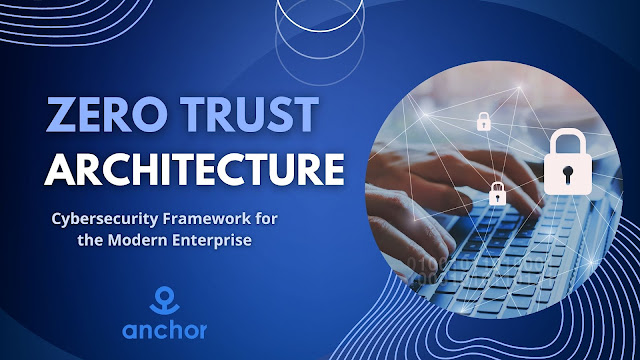Zero Trust Architecture (ZTA) is a security concept centered around the idea that organizations should not automatically trust any entity inside or outside their perimeters and must verify anything and everything trying to connect to its systems before granting access. ZTA has emerged as a transformative approach to security in the digital age, reinventing traditional security paradigms. Here's an in-depth look at Zero Trust Architecture and its impact on security:
Core Principles of Zero Trust Architecture
-
Never Trust, Always Verify: ZTA operates on the principle of "never trust, always verify," assuming that threats exist both inside and outside the network and that every attempt to access resources should be verified and authenticated.
-
Micro-Segmentation: ZTA enforces micro-segmentation to create secure zones within an organization's network, limiting lateral movement and containing potential breaches.
-
Continuous Monitoring and Risk Assessment: It emphasizes continuous monitoring of network traffic, user behavior, and device health to detect and respond to potential threats in real time.
Reinventing Security Paradigms
-
Shift from Perimeter-Based Security: ZTA represents a paradigm shift from traditional perimeter-based security models to a model that secures individual resources and data, regardless of their location.
-
Focus on Identity and Access Management (IAM): ZTA prioritizes robust IAM solutions, ensuring that only authenticated and authorized users and devices are granted access to specific resources.
-
Embracing Encryption and Multi-Factor Authentication: ZTA encourages the widespread use of encryption and multi-factor authentication to enhance security and protect data in transit and at rest.
Impact on Digital Transformation
-
Enabler of Cloud Adoption: ZTA facilitates the adoption of cloud services and supports remote work initiatives by providing a secure framework for accessing resources from anywhere, at any time.
-
Support for IoT and Edge Computing: In the context of IoT and edge computing, ZTA helps organizations secure a diverse array of devices and endpoints, mitigating the risks associated with their proliferation.
-
Compliance and Regulatory Alignment: ZTA aligns with evolving data protection regulations and compliance standards by emphasizing a proactive and risk-based approach to security.
Implementation and Challenges
-
Integration with Existing Infrastructure: Implementing ZTA requires thoughtful integration with existing infrastructure, including legacy systems, to ensure a seamless transition without compromising security.
-
User Education and Change Management: Organizations need to invest in user education and change management initiatives to ensure that employees, partners, and stakeholders understand the principles and benefits of ZTA.
-
Complexity and Scalability: ZTA introduces complexities in terms of managing access controls, implementing continuous monitoring, and ensuring scalability across dynamic and diverse IT environments.
Conclusion
Zero Trust Architecture represents a fundamental shift in cybersecurity, focusing on continuous verification, micro-segmentation, and robust IAM to secure digital assets and mitigate evolving threats. By embracing ZTA, organizations can fortify their security posture, support digital transformation initiatives, and adapt to the dynamic and distributed nature of modern IT ecosystems. However, successful implementation requires careful planning, robust integration, and ongoing commitment to user education and change management.





0 Comments